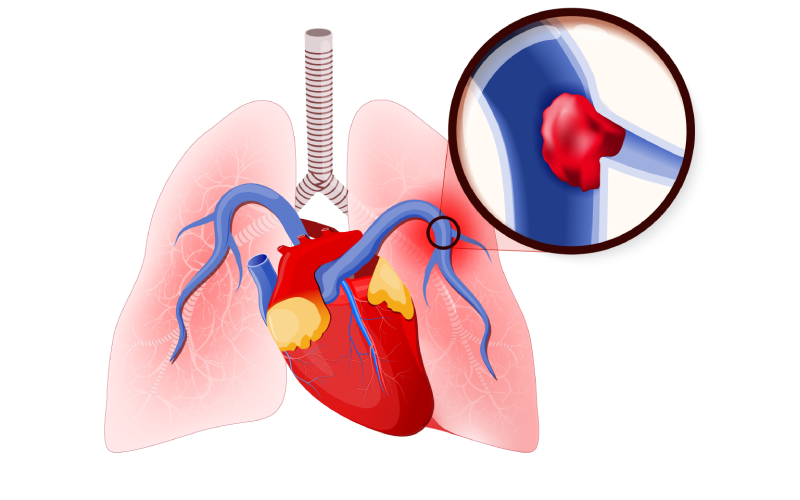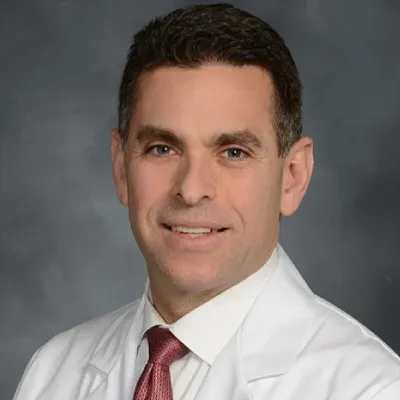Acute pulmonary embolism (PE) is the third leading cause of cardiovascular death in the United States and can affect nearly anyone. Despite the high need and broad patient population, little progress has been made in improving survival for patients with high-risk acute PE with hemodynamic instability, who face a staggering mortality rate of 25%-50%.
Joshua Goldberg, MD, a cardiothoracic surgeon and surgical director of the Structural Heart Surgery Program at NewYork-Presbyterian and Weill Cornell Medicine, recently co-authored a state-of-the-art review that explores interventional therapies and mechanical circulatory support options for acute PE. The review was published in the Journal of Cardiac Failure.
Below, Dr. Goldberg explores the rapid changes in the treatment of acute PE, the need for better risk stratification models, and the importance of multidisciplinary team management.

Acute pulmonary embolism is the third leading cause of cardiovascular mortality.
Crossroads in Acute PE Management
We are at a crossroads in the field in terms of how to best manage patients with acute PE at high risk of hemodynamic decompensation. Clinicians have numerous options, from systemic anticoagulation to more advanced treatments such as transcatheter therapies, mechanical circulatory support, and surgical embolectomy. In some cases, these approaches can be complementary.
One reason for the lack of clarity on management is that most studies have been performed among intermediate risk patients who have signs of right ventricular (RV) dysfunction but are hemodynamically stable and may even exclude the sickest patients who are decompensating or are at-risk for rapid decompensation. It’s challenging with the current data to say that one therapy is better than the other. One thing we do know is that mechanical circulatory support in the form of veno-arterial extracorporeal membrane oxygenation (VA-ECMO) can act as a potential bridge to treatment with systemic anticoagulation, transcatheter therapies, or surgery.
Risk Stratification
Seemingly stable patients with acute PE can decompensate very quickly and that can make risk stratification challenging. The most widely accepted risk stratification schema is the European Society of Cardiology, which categorizes patients based on RV function. Low-risk patients have normal RV function and are typically not symptomatic and their condition is often detected incidentally. Intermediate-risk patients have objective findings of RV dysfunction but are seemingly hemodynamically stable. High-risk patients have moved into being hemodynamically unstable, with sustained hypotension for 15 minutes needing treatment. But what these categories don’t address are the subset of intermediate-risk patients who are deteriorating or are at high-risk of deteriorating. If we can’t identify these patients in a timely manner, we risk missing our window for intervening without increased morbidity and mortality.
Barriers to Advanced Therapies
The reality is that most patients do not receive advanced therapies, such transcatheter therapies or mechanical circulatory support. Part of the reason is the confusion within the medical community about the best approach for high-risk patients. In other cases, clinicians either aren’t comfortable with transcatheter therapies or don’t have access to them.
Multidisciplinary Team Approach
Acute PE can be a rapidly evolving condition and has numerous treatment approaches, so it is essential to approach treatment with a multidisciplinary team approach, leaning on different clinicians for the medical or interventional aspects of care. At NewYork-Presbyterian and Weill Cornell Medicine, we work with a set group of clinicians that all know and trust one another. That means that when decisions need to be made quickly, the lines of communication are open and we’re able to rapidly discuss and come to a consensus determination on the best care of the patient.



